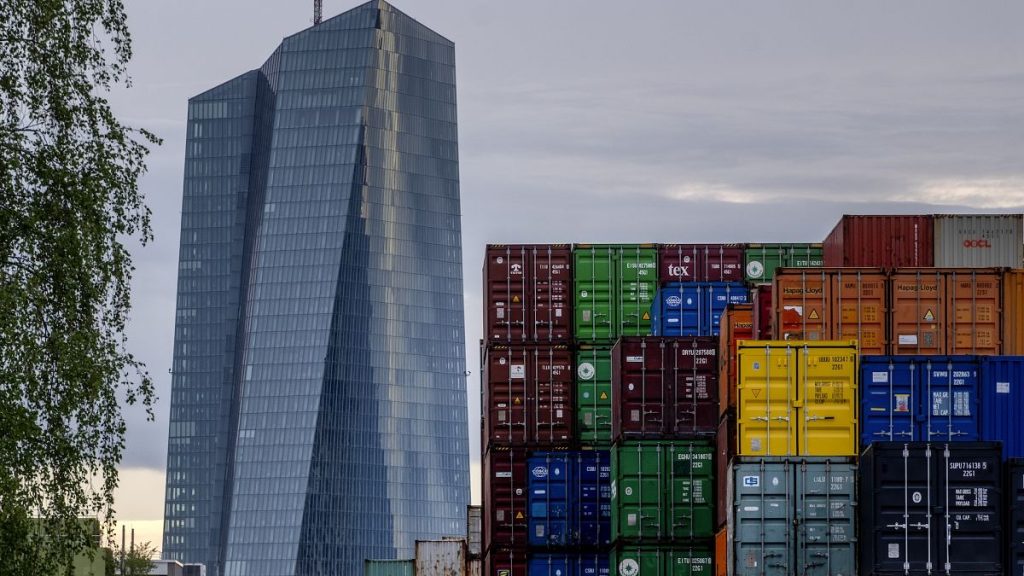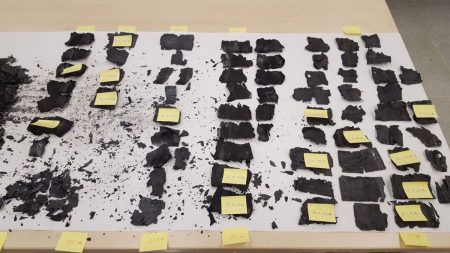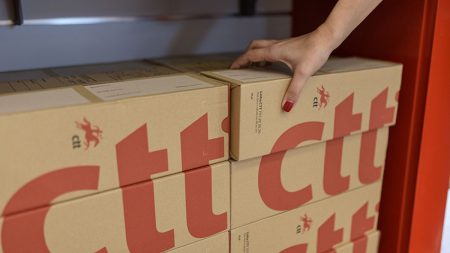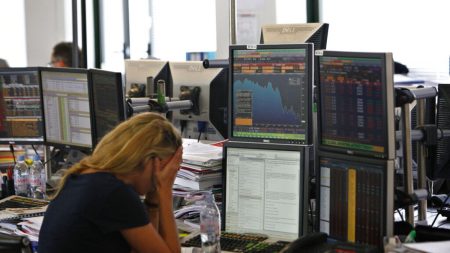The eurozone economy has emerged from contraction, showing modest signs of expansion in January 2025, according to the latest Purchasing Managers’ Index (PMI) data. The Composite PMI, a key indicator of economic health, rose to 50.2, crossing the 50-point threshold that separates growth from contraction. This marks the first expansion since August 2024, offering a mildly encouraging start to the year. While the overall picture suggests stagnation rather than robust growth, the shift from contraction signifies a positive development. The improvement was driven primarily by a slowdown in the decline of the manufacturing sector, coupled with continued, albeit moderate, growth in the services sector.
A deeper dive into the sectoral PMIs reveals a mixed picture. While the Manufacturing PMI improved to a eight-month high of 46.8, it remains firmly in contraction territory, indicating ongoing challenges for the industrial sector. The rate of decline, however, has eased, suggesting a potential bottoming out. Conversely, the Services PMI, while still indicating expansion at 51.4, dipped to a two-month low, reflecting a slight cooling in service sector activity. This divergence underscores the uneven nature of the eurozone recovery, with manufacturing continuing to struggle while services provide a modest buffer.
Despite the overall improvement, underlying weaknesses persist. New orders across the eurozone continued their downward trend for the eighth consecutive month, and export orders have now been declining for nearly three years. This points to lingering demand-side issues and potential vulnerabilities to external shocks. Furthermore, the rise in input costs accelerated sharply in January, reaching the fastest pace since April 2023. This surge in costs, driven by both manufacturing and services, translated into higher output prices for consumers, particularly in Germany. The inflationary pressure adds another layer of complexity to the eurozone’s economic outlook.
Examining individual country performances reveals further nuances. Germany, the eurozone’s largest economy, saw its Composite PMI climb to a seven-month high of 50.1, entering expansion territory. While manufacturing remained in contraction, the decline slowed, and the services sector continued to expand. Encouragingly, German services companies also halted job cuts and increased employment for the first time since June 2024. France, however, presented a contrasting picture, with both the Composite and Manufacturing PMIs remaining in contraction territory, although showing some improvement. The Services PMI in France actually declined further into contraction, attributed to the ongoing political and economic challenges facing the country.
The French economy’s persistent contraction is linked to its rising deficit and the inability to pass a spending plan for 2025. This political and fiscal instability adds to the headwinds facing the eurozone’s second-largest economy. More broadly, the eurozone faces a lack of clear growth drivers. Private consumption remains sluggish despite recent real wage increases, and competitiveness issues, particularly in Germany, continue to hamper export-led growth. Geopolitical uncertainties and potential trade conflicts further cloud the outlook, dampening investment and adding to the challenges of achieving a sustained recovery.
The current economic landscape presents a dilemma for the European Central Bank (ECB). The combination of weak growth and persistent inflationary pressures complicates monetary policy decisions. While the slight uptick in economic activity might suggest a pause in easing measures, the stickiness of inflation could argue for continued intervention. However, some economists predict that the ECB will likely maintain its gradual easing policy, with small rate cuts at each meeting, arguing that monetary policy remains restrictive and that the current inflationary pressures are likely to be temporary. The ECB’s balancing act will be crucial in navigating the eurozone’s path to recovery while mitigating inflationary risks.














